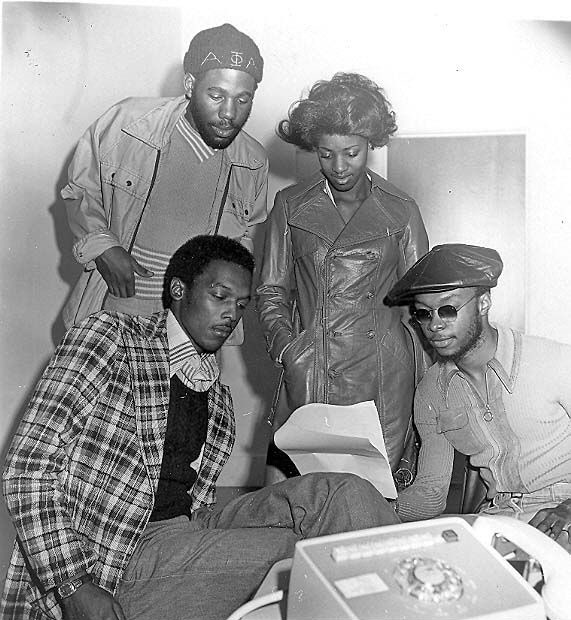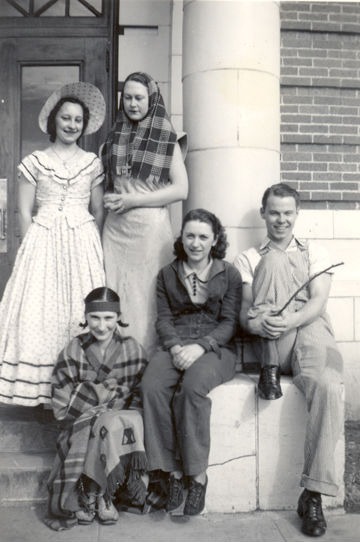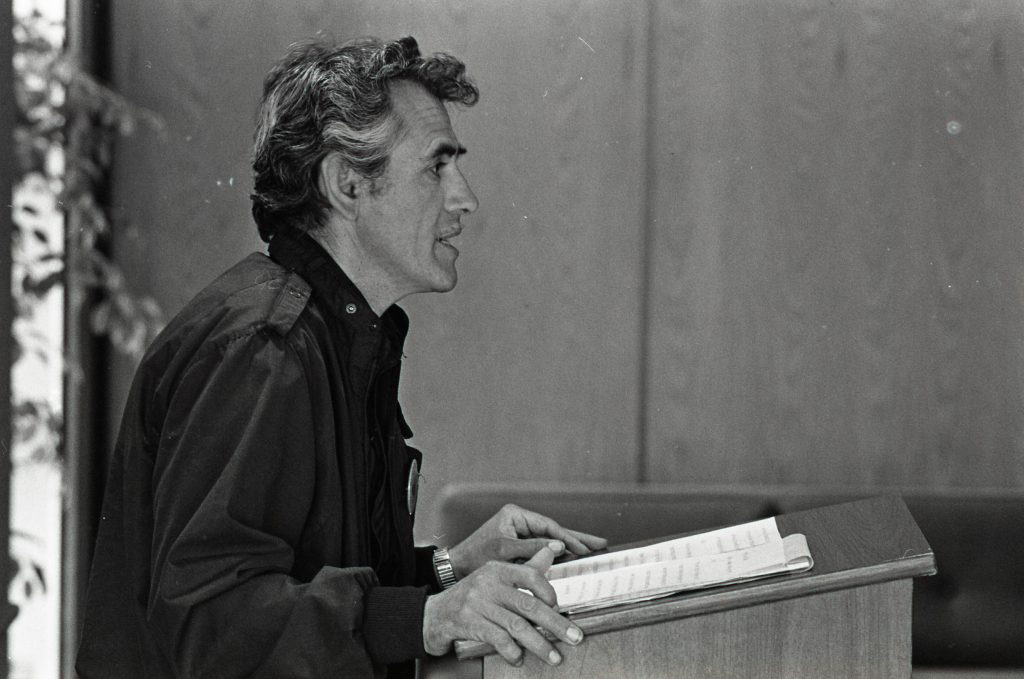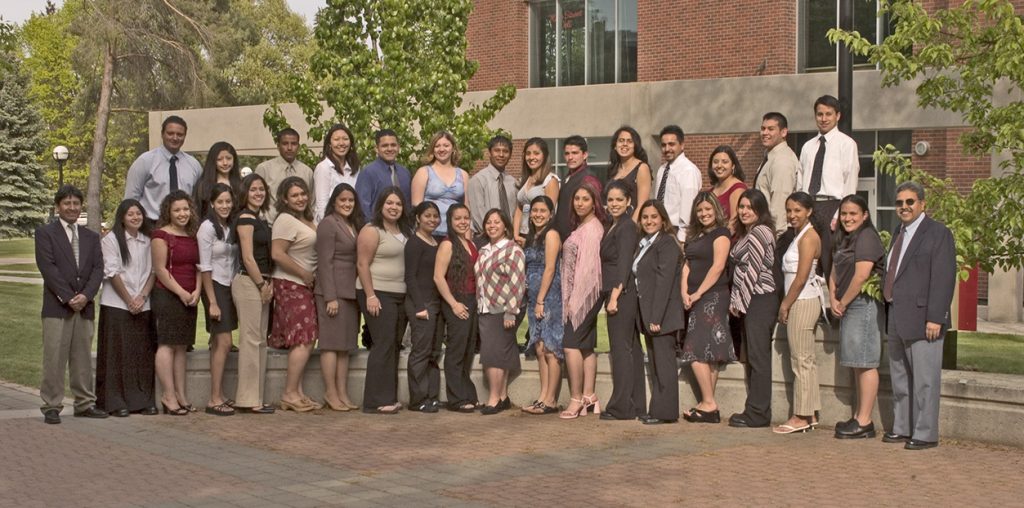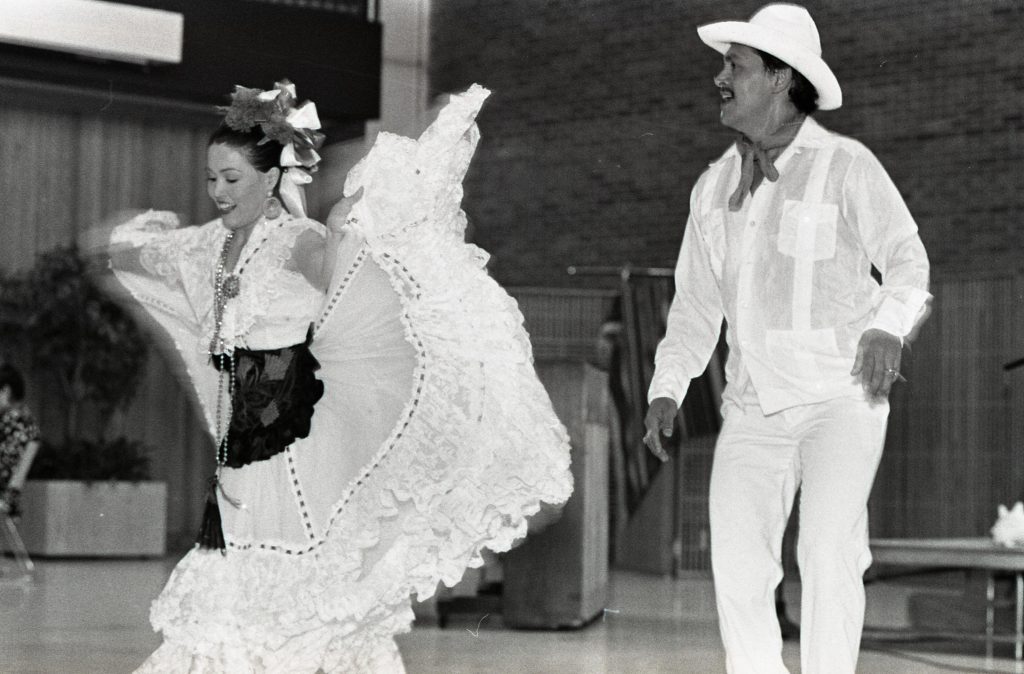
History of DEI on Campus
1960s-1970s
Insofar as diversity efforts in the United States are tied to the Civil Rights movements of the mid-20th century, it is useful to begin in the late-1960s with the programs initiated at the beginning of Emerson Shuck’s time as president. That said, by the time Shuck
was inaugurated, the school had a well-established international student program, a relatively newly formed Hawaiian student club, and a graduate-level program to promote the education of migrant laborers and their children. Two events that led to the establishment of ethnic studies programs at Eastern were the establishment of an Upward Bounds program, which was instrumental in recruiting American Indian students, and a sub-committee investigating support for disadvantaged students both in 1968.
As part of these efforts, Eastern reached out to leaders in both the African American and American Indian communities for input on how to better recruit and support students from these respective communities. Formal programs for African American and American Indian studies and student support were established in 1972. In addition, the school partnered with the State Department of Education on the School Desegregation Program and expanded programming to support the needs of women and Latinx students. In 1977, Eastern established what is now the Chicana/o/x Education and the Gender, Women’s, and Sexuality Studies programs.
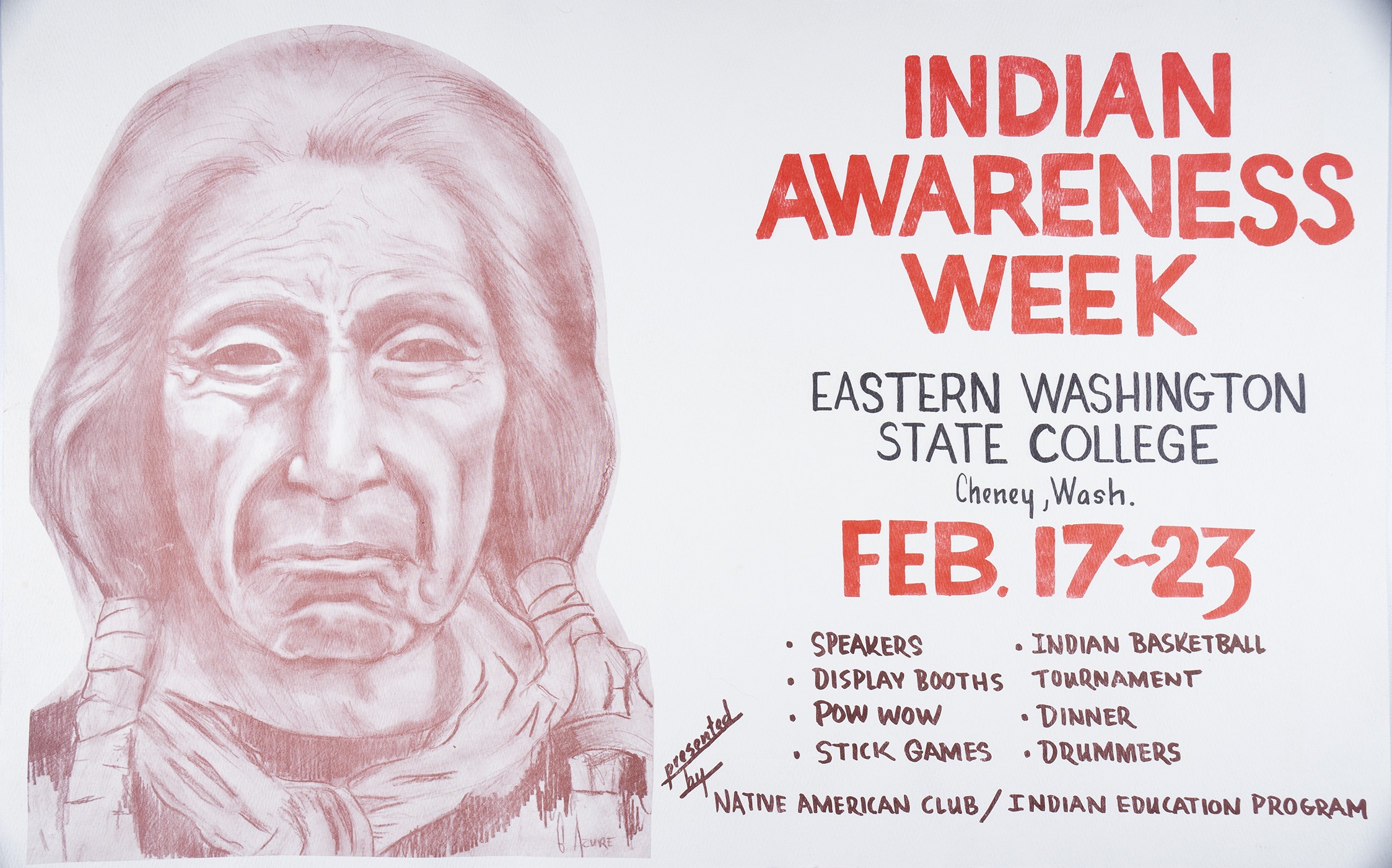
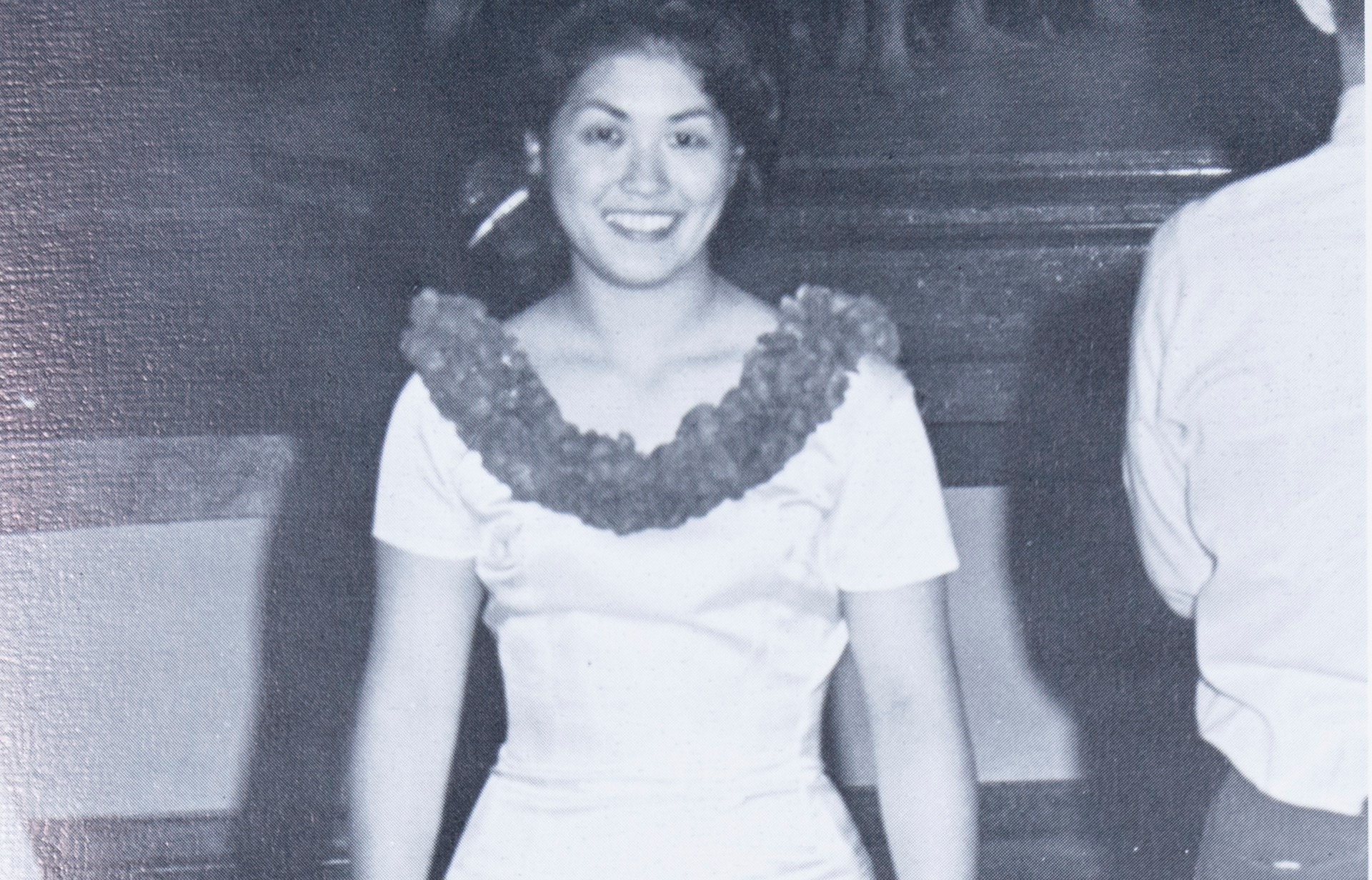
1980s-1990s
After the initial push to establish support to engender a more diverse student body, much of the efforts toward diversity occurred in response to state and federal guidelines. In 1981, an ad hoc committee on cultural diversity was formed. This committee created recommendations for implementation of a cultural diversity requirement in line with state standards for educators and social workers. Eastern established this requirement for all students by 1983.
During the late-1980s and through the 1990s, Eastern’s Board of Trustees and upper administration issued important policies to help create a more inclusive environment, including President Alex Schilt instituting responsibility for nondiscrimination under the Office of the President and a Board approved diversity policy passed in 1996.
Eastern approved a gender equity plan in 1990 to improve female academic achievement, means for reporting discrimination based on gender, campus safety, and fair allocation of University resources. In 1991, Eastern formed a Disability Student Services office under the leadership of coordinator Karen Raver to improve accessibility for disabled students. Eastern’s Ronald E. McNair Post-Baccalaureate Achievement Program started in 1995 with its first cohort named in 1996.


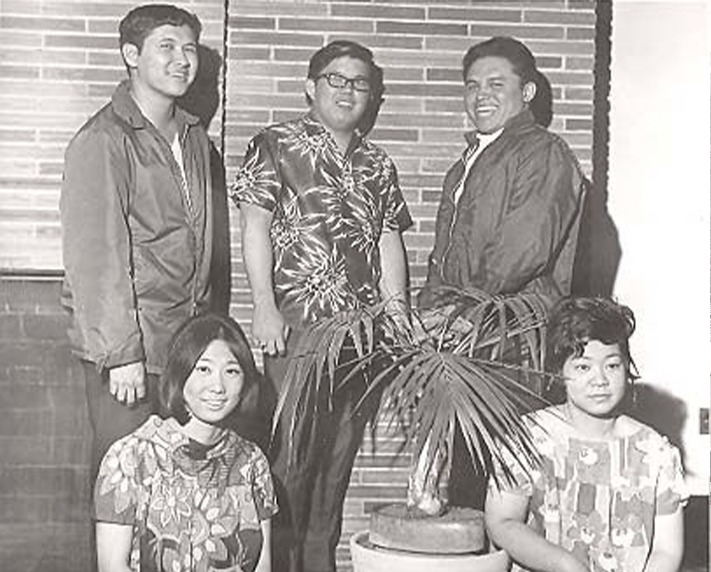
2000s
The resolution for diversity approved by the Board in 1998 carried over into the 2000s with the establishment of a permanent committee to promote diversity at Eastern. Moreover, the Diversity Commission, which was established in 2001, expanded the charge of the Cultural Diversity Task Force of the 1990s by including categories such as gender, ability, and religion. In 2002, the Board passed a diversity initiative that led to the establishment of a Diversity Fellow to coordinate the various initiatives on campus. In addition to Board initiated efforts, Chicano Education Program director, Carlos Maldonado started the College Assistance for Migrants Program (CAMP) on a $1.4 million Department of Education Grant. The decade also saw increased support for LGBTQ+ students, staff, and faculty. Ally training at Eastern began by 2008, while the Pride Center opened in March 2010
